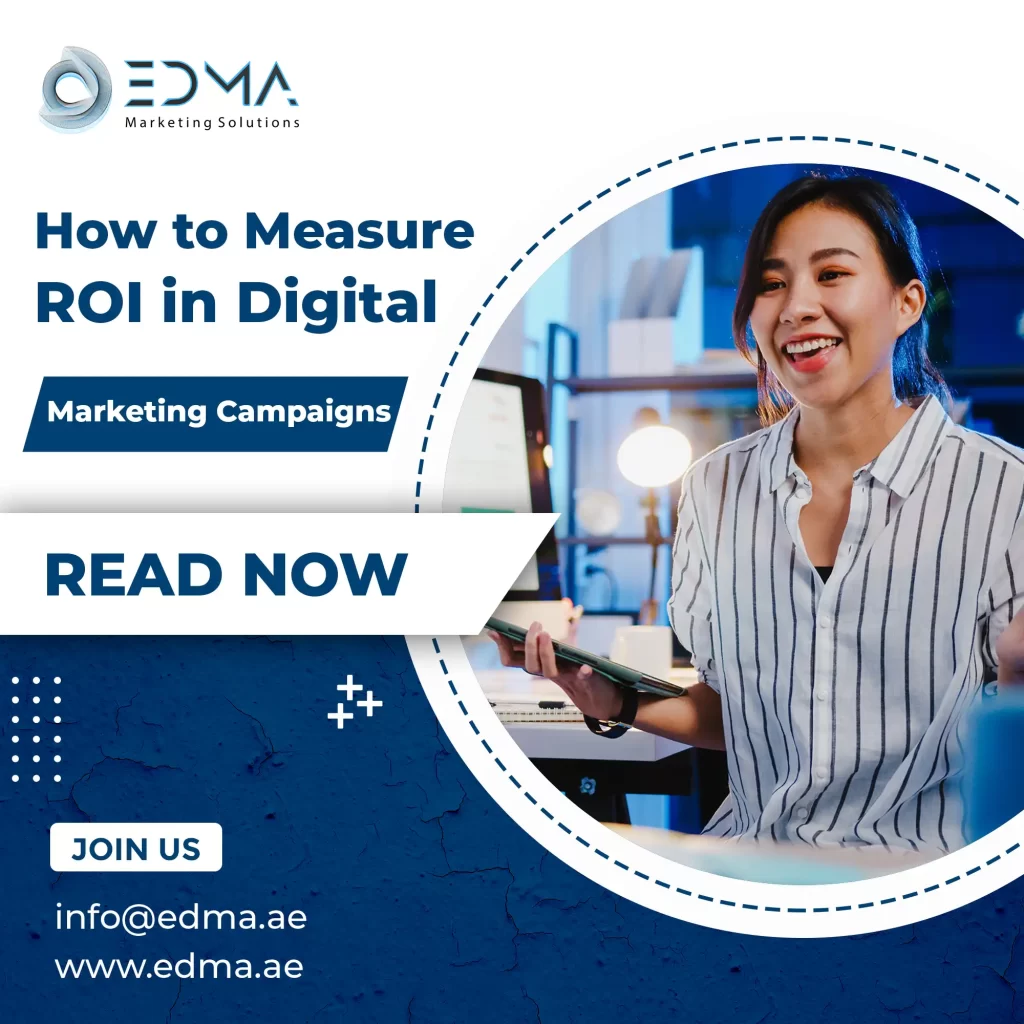How to Measure ROI in Digital Marketing Campaigns

H1: How to Measure ROI in Digital Marketing Campaigns Furthermore Measuring Return on Investment (ROI) in digital marketing is crucial for understanding the effectiveness of your campaigns and optimizing your strategies for maximum results. ROI helps determine Moreover whether your marketing efforts are delivering value relative to their costs, and it is one of the key metrics used by marketers to assess success. In this article, we will explore how to measure ROI in digital In addition marketing campaigns, the key metrics to track, and how to use this data to improve future marketing efforts. Define Your Campaign Goals As well as The first step in measuring ROI is defining clear campaign goals. Without specific goals, it’s impossible to determine whether your marketing efforts are successful. Goals should be SMART—Specific, Plus Measurable, Achievable, Relevant, and Time-bound. Examples of Goals: However Increase website traffic by 25% over three months. On the other hand Generate 100 new leads from Facebook Ads in one month. Nonetheless Achieve a 5% conversion rate on a new product launch page. Digital Marketing Defining your campaign’s objectives will help you measure the ROI against these predetermined targets. Conversely Calculate the Total Investment in Your Campaign Whereas ROI measurement starts with understanding the total investment involved in running your campaign. The investment includes all costs related to the campaign, such as: Advertising Costs: Paid ads (Google Ads, Facebook Ads, LinkedIn Ads, etc.) Content Creation: Budget for creating videos, blog posts, graphics, etc. Software and Tools: Email marketing platforms, analytics tools, design software, etc. Labor Costs: Salaries or fees for marketers, content creators, designers, or consultants. Therefore Sum up all the direct and indirect expenses to get the total investment of the campaign. Digital Marketing Track the Revenue Generated from the Campaign The next step in measuring ROI is tracking the revenue or value generated from the campaign. This is where tracking conversions is essential. Some of the key conversion metrics to consider are: Sales Revenue: The total revenue generated from customers who came through the campaign. Leads: If your goal was to generate leads, track the number of qualified leads that have a high probability of converting. Customer Lifetime Value (CLTV): For long-term campaigns, track the average value of each customer over their entire relationship with your brand. Use tools like Google Analytics, CRM systems, or sales tracking software to track the performance and identify how much revenue was generated from each touchpoint of the campaign. Calculate Your ROI Digital Marketing Once you have defined your goals, tracked the investment, and monitored the revenue, it’s time to calculate your ROI. Because of this The formula for calculating ROI is: ROI=Revenue−Cost of CampaignCost of Campaign×100\text{ROI} = \frac{\text{Revenue} – \text{Cost of Campaign}}{\text{Cost of Campaign}} \times 100ROI=Cost of CampaignRevenue−Cost of Campaign×100 For example, if your campaign generated $10,000 in revenue and cost $2,000, your ROI would be: ROI=10,000−2,0002,000×100=400%\text{ROI} = \frac{10,000 – 2,000}{2,000} \times 100 = 400\%ROI=2,00010,000−2,000×100=400% This means for every dollar spent on the campaign, you generated $4 in revenue. Analyze the Data and Optimize for Future Campaigns Once you’ve calculated your ROI, it’s time to dive into the data to identify what worked and what didn’t. Analyze metrics like click-through rate (CTR), cost per click (CPC), conversion rates, and customer acquisition cost (CAC) to identify the most profitable channels and tactics. A/B Testing: Continuously A/B test different elements of your campaign (ad copy, landing pages, targeting) to find the most effective strategy. Optimize: Adjust your budget and resource allocation to invest more in high-performing areas while reducing spend on underperforming channels. Conclusion: Use ROI to Drive Continuous Improvement As a result Measuring ROI in digital marketing campaigns helps marketers determine the effectiveness of their strategies, optimize budgets, and improve overall performance. By clearly defining goals, tracking revenue, calculating ROI, and making data-driven decisions, you can continually refine your campaigns to deliver better results. Feel Free Contact us today to learn more and elevate your digital marketing efforts!
